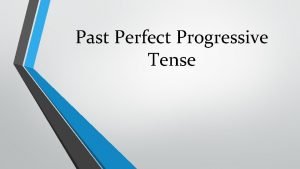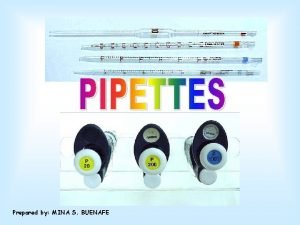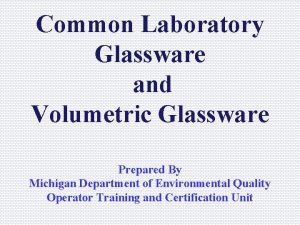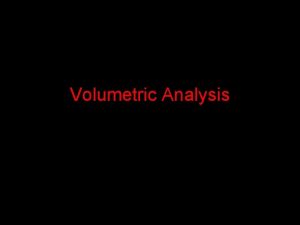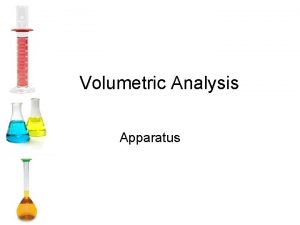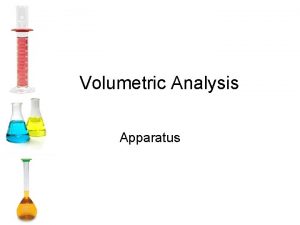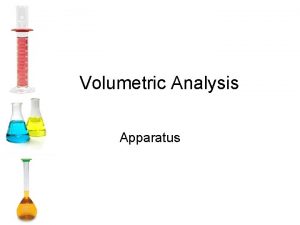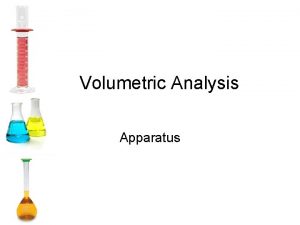Quantification of the Volumetric Differences in Progressive Supranuclear








- Slides: 8

Quantification of the Volumetric Differences in Progressive Supranuclear Palsy and Corticobasal Degeneration Seniha E. Yuksel, Noha El-Zehiry, Irene Litvan, Aly A. Farag

Problem Progressive Supranuclear Palsy (PSP) and Corticobasal Degeneration (CBD) are two neurodegenerative parkinsonian disorders. Incidence and prevalence rates: PSP: 5– 6. 4 per 100, 000 [1, 2]. No data on CBD [3].

Both PSP and CBD Start around age 60 Result in severe disability & inability to move Current diagnosis depends on the presence and progression of clinical features Definite diagnosis of these diseases can only be made by neuropathological examination. Patients have about 5 years life span after diagnosis because of the inability to take care of themselves

Our Objective: Perform a 3 D-MRI study to find a characteristic pattern of volume loss in brain structures such as total intracranial volume (TICV), total brain volume, brainstem midbrain, pons, medulla oblongata, cerebellum, corpus callosum, white and gray matters of all the lobes.

Previous Studies The only quantitative study comparing PSP and CBD is by K. Groschel and I. Litvan et al. [4], In this study, In PSP patients, a reduction was found in average brain, brainstem, midbrain and frontal gray matter volumes In CBD patients, atrophy was found in parietal cortex and corpus callosum However, the results showed overlapping and did not exactly differentiate PSP and CBD.

Our method More effective classification methods will be investigated. More advanced segmentation algorithms will be applied using the most current techniques. The effect of advanced segmentation techniques will be investigated by comparing the results to the previous studies by Groschel et al. [4] using linear classifiers.

General Framework Brain stem Cerebellum Midbrain Segmentation Corpus Callosum Gray Matter Classification • Expectation Maximization • Bayesian Classification • Support Vector Machines • Artificial Intelligence • Fuzzy Logic White Matter Total Volume

References: J. H. Bower, D. M. Maraganore, S. K. Mc. Donnell, W. A. Rocca, “Incidence of progressive supranuclear palsy and multiple system atrophy in Olmsted County, Minnesota, 1976 to 1990, ” Neurology, 1997, vol. 49, pp. 1284– 1288. A. Schrag, Y. Ben Shlomo, N. P. Quinn, “Prevalence of progressive supranuclear palsy and multiple system atrophy: a cross-sectional study, ” Lancet, 1999, vol. 354, pp. 1771– 1775. M. Le. Doux, Animal models of movement disorders, Academic Press, Dec. 2004. K. Groschel, T. K. Hauser, A. Luft, N. Patronas, J. Dichgans, I. Litvan , J. B. Schulz, “Magnetic resonance imaging-based volumetry differentiates progressive supranuclear palsy from corticobasal degeneration, ” Neuroimage, Feb 2004, vol. 21(2), pp. 714 -24.





